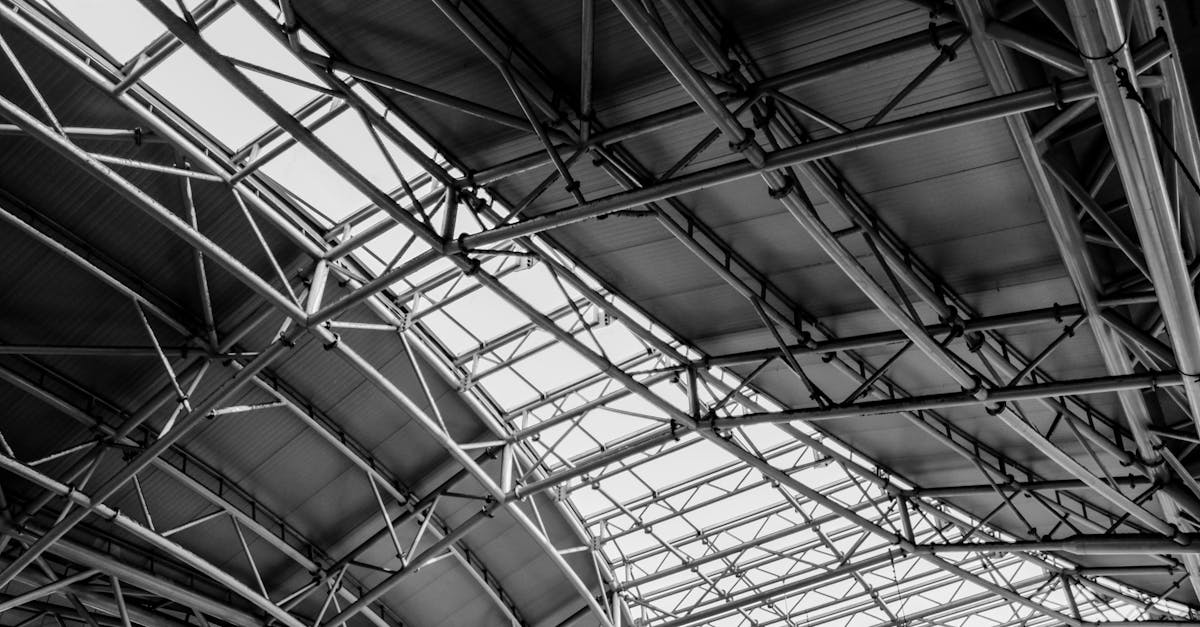Tile For Metal Roofing Replacement Sydney

Table Of Contents
Tile For Metal Roofing Replacement Sydney
When considering a home improvement project, one of the most significant aspects is the roofing system. In Sydney, homeowners are increasingly looking into various Roof Style Options Sydney to ensure their homes are both aesthetically pleasing and functional. Tile and ceramic roofing materials gained popularity due to their durability and versatility, offering an enticing alternative for those contemplating metal and aluminum roofing substitutions.
The choice of roofing material can significantly affect the overall look and feel of a property. As the demand for diverse roof style options sydney continues to rise, many homeowners are exploring tile and ceramic roofs for their residential projects. This growing trend in Sydney reflects a desire for innovative solutions that not only enhance the home’s visual appeal but also provide lasting protection against the elements.
Benefits of Switching to Tile Roofing to Metal
Switching to slate roofs for aluminum offers multiple benefits for homeowners. One pro is longevity. Steel roofing are famed for their ability to withstand harsh weather conditions, including heavy rain, snow, and strong winds. Such a strength means into a longer lifespan compared to traditional slate options. Additionally, aluminum roofs are more lightweight, making installation easier and more cost-effective for homeowners.
A further pro of converting to aluminum roofing is energy savings. Aluminum roofing reflect sunlight, which can help lower cooling costs during hot summers. Such reflective properties do not only contribute to lower energy bills, and they also promote a more comfortable indoor environment. Furthermore, many steel roofing options are designed to be environmentally friendly, resulting in a more eco-conscious choice for homeowners looking to improve their home's efficiency.
Reasons Upgrading from Aluminum Roofs in Sydney Area
Upgrading from metal roofs represents the significant decision in property owners in the Sydney Area. The form of roofing offers improved resilience against severe weather conditions, which is essential in this climate. Additionally, metal roofs require less maintenance, saving homeowners time and money over the years.
An additional perk of upgrading from metal roofing is their ability to save energy. Aluminum roofs reflect heat effectively, which can aid in lowering cooling costs during the hot summer months in the Sydney Area. Furthermore, steel roofs are sustainable, often made from recycled materials and being fully recyclable at the end of their lifespan. Such combination of benefits makes this decision to change to metal roofing a wise investment for property owners in the area.
Frequent Issues When Upgrading Slate Roofs to Metal
Upgrading ceramic roofing to steel can pose several issues for homeowners. One issue involves a weight difference between ceramic and steel materials. Slate roofing are generally heavier, which may require reinforcements to the existing roof structure to ensure it can support the new material. Moreover, a conversion from one roofing type to another often requires compliance with local building codes, which can add complexity to the project.
An additional common challenge involves a potential for leaks or gaps during the installation process. Aluminum roofs require precise fitting and sealing to prevent water infiltration, which can lead to damage down the line. Insufficient installation techniques may not only compromise the roof's integrity but also result in higher maintenance costs. Alongside this, a shift in roofing style may also affect the home’s overall aesthetic, prompting homeowners to consider their choices carefully before proceeding.
Methods to Overcome Problems in Roof Replacement
Replacing a metal roof after a ceramic roof can present various challenges. A primary concern is the structural integrity of the existing framework. Prior to the installation, it is essential to evaluate the condition of the underlying structure. Recognizing weaknesses in the frame can lead to complications during the replacement process. Making necessary reinforcements can ensure a smooth transition to the new roofing material.
Another issue that may arise is in regard to the adaptation of the roof's aesthetic. Metal roofs can differ greatly in style compared to tile roofs. Homeowners should consider how the new roof will integrate with the overall design of their home. Thoughtful planning and consultation with roofing professionals can help in selecting a style that complements the existing structure. These steps can significantly enhance both the functionality and aesthetic appeal of the home.
The Implementation Process for Tile to Metal Roofing Replacement
Transitioning a slate roof for metal often is a crucial upgrade endeavor. This installation procedure includes careful organization and the suitable materials. Initially, the old roof must be properly removed, that helps the strong structure for a new metal roof.
Following this, the installation of the new metal roof is able to begin. Such procedure consists of laying the metal panels in the set system. Correct sealing and fastening are vital to confirm moisture resistance and longevity. Finally, the concluding inspection becomes imperative to ensure all aspects is installed properly.
Guided Overview of Roof Transition Fitting
Replacing a tiled roof to a metallic roof may appear intimidating at first. However, by following a guided explanation, this process is more. Initially, it is critical to evaluate the existing tile roof for any issues or defects. Following that, gently remove the tiles while making sure the underlying structure remains unharmed.
Once the tiles are removed, installing the metal roofing needs proper preparation of the decking. This step involves installing a moisture barrier to safeguard the roof from water damage. Then, the metal panels can be fastened to the roof structure with the appropriate fasteners. Finally, it is vital to ensure all seams are sealed properly to avoid leaks. Completing the project involves a thorough inspection to ensure everything is set correctly.